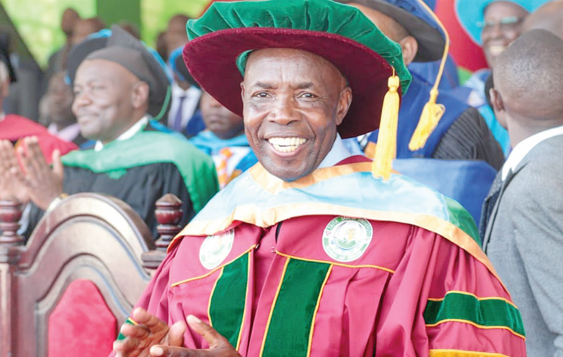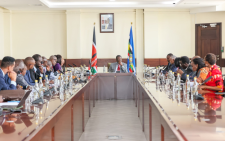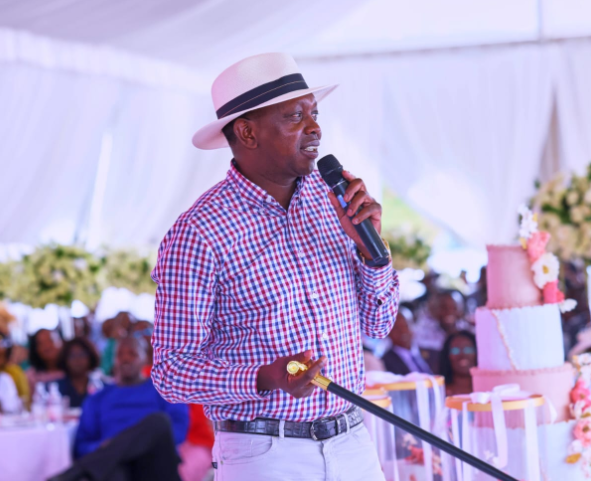CS states senior school selection criteria

Selection to senior school will be based on three pathways and will take into consideration learners’ abilities, interests and career choices.
Education Cabinet Secretary Ezekiel Machogu has said the three pathways in senior schools will be Social Sciences, Arts and Sports, and Science Technology, Engineering and Mathematics (STEM).
The first Competency-Based Curriculum (CBC) class, headed to Grade 8 in January, will join senior school in 2026.
“Each pathway will offer a unique set of subjects and learning experiences that align with specific career paths,” the CS has said.
To this end, the CS said senior school guidelines for placement will be ready by April next year and Boards of Management (BOMs) are expected to prepare for implementation of the CBC curriculum.
Kenya Institute of Curriculum Development (KICD) is also in the process of firming up the learning areas for senior school and schools will have at least two years to go through the guidelines and prepare to receive Grade 10 students in 2026.
For junior schools, lessons have been reduced from 14 to nine and teachers are supposed to start implementing the rationalised curriculum when schools reopen on January 8.
The Presidential Working Party on Education Reform (PWPER) recommended that KICD reduces the number of learning areas from nine to seven at lower primary, 12 to eight at upper primary and 14 to nine at junior school to address overload and overlaps.
It also recommended that the learning areas at Pre-Primary be five and seven at senior school.
The PWPER also recommended that the ministry discontinues the categorisation of public secondary schools from the current nomenclature of national, extra-county, county and sub-county to career pathways (STEM, Social Science and Arts and Sports Science) at senior school and to enhance equity and inclusion, promote the establishment of low-cost boarding primary schools in marginalised areas, focus on infrastructural and resources support for sub-county senior schools to offer the three pathways.
Paradigm shift
Machogu said the Ministry is undergoing a paradigm shift in its education system that has seen the gradual phasing-out of the 8-4-4 system and phasing-in of the 2-6-3-3-3 system popularly known as CBC.
“The shift from 8-4-4 system to CBC system marks a significant step forward in our educational landscape. It reflects our commitment to fostering a well-rounded education that goes beyond exams, placing greater emphasis on competencies, skills, and holistic development of learners,” said the CS.
In line with PWPER recommendations, Machogu also affirmed that Grade 8 and Grade 9 of junior school will be hosted in existing primary schools.
“It was noted that Grade 7 and Grade 8 learners would experience psycho-social challenges in settling down and integrating with secondary school learners, who are relatively much older. There will also be space available to accommodate Grade 7 and Grade 8 learners in Junior Schools because Standard 7 and 8 classrooms will not be occupied by then, as we phase out the 8-4-4 structure,” he explained.
Required infrastructure
He affirmed that the Government has taken steps to ensure junior schools have the required infrastructure by 2025, when the inaugural Grade 9 class gets there.
This Financial Year, the CS said Sh3.9 billion has been earmarked for construction of classrooms for Junior School and a further Sh9 billion will be provided by the World Bank, to support the construction of 9,000 classrooms.
“This, together with support from the National Government Constituency Development Fund, will ensure that we will be ready with the required 15,021 classrooms for Grade 9 learners by 2025,” said the CS.
Already, he said a sessional paper and necessary draft legislation to anchor the recommendations of the Working Party report are currently at an advanced stage of preparation before submission to the Cabinet and Parliament.








